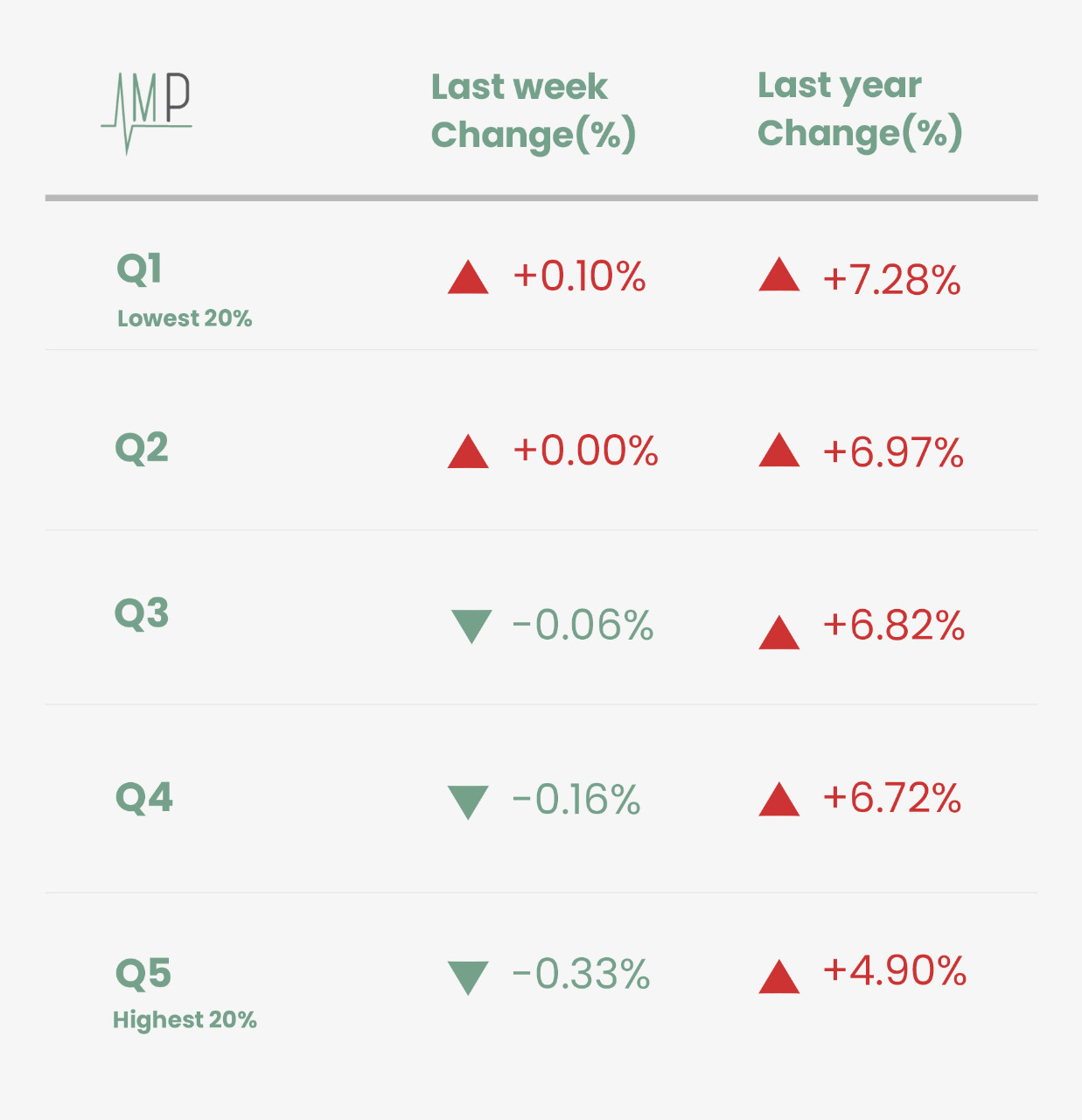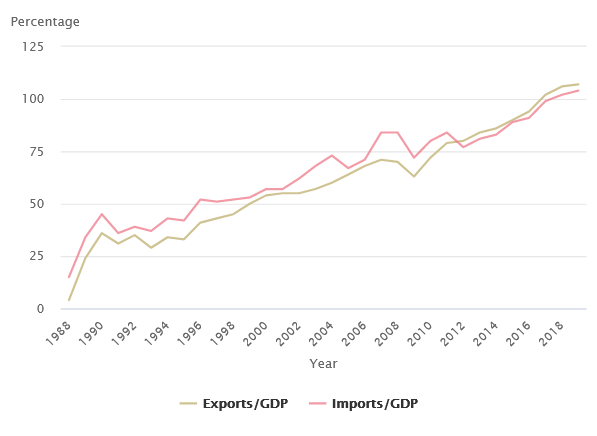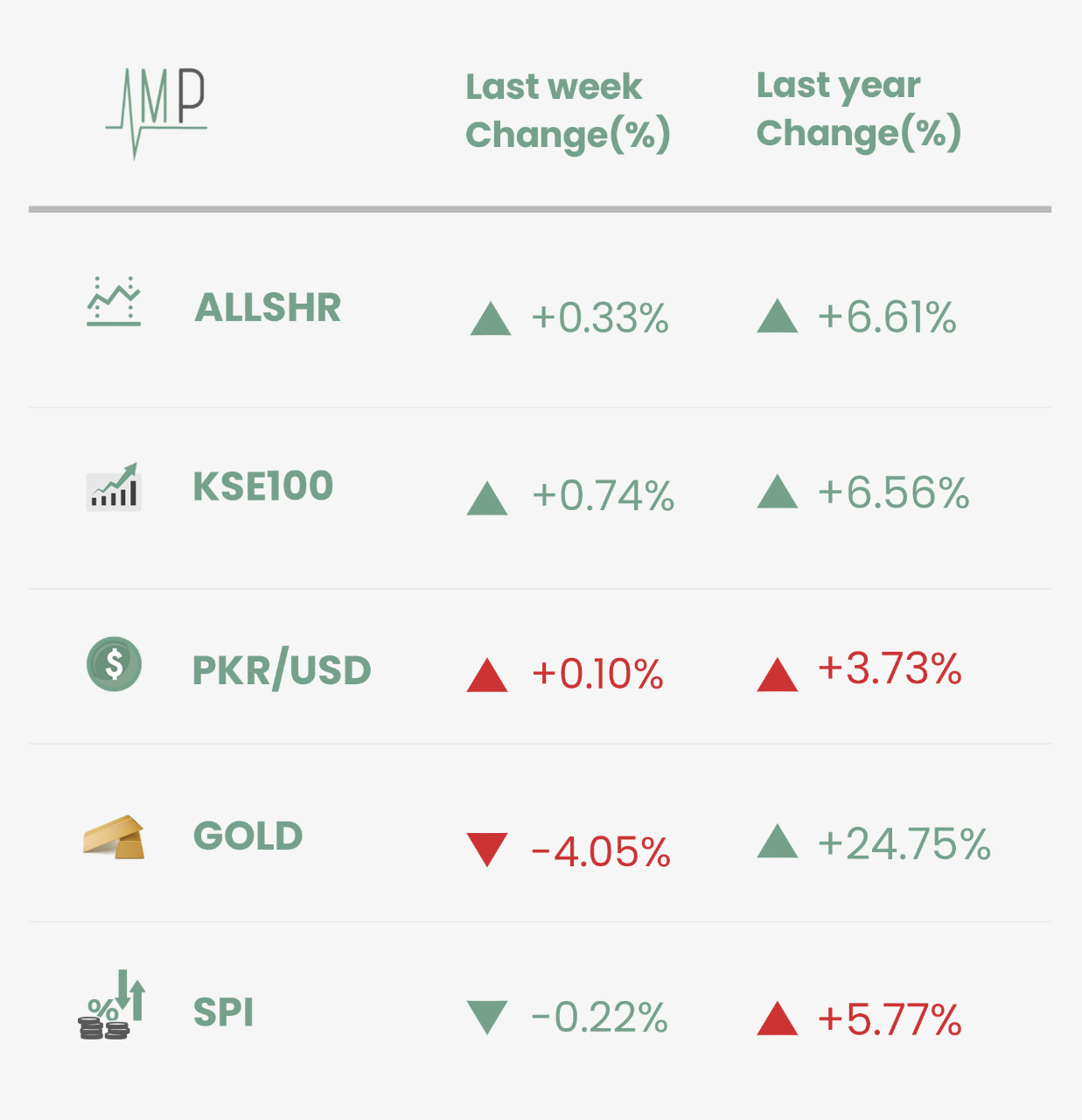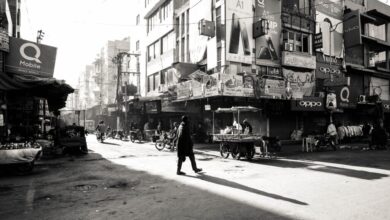Macro Pakistani wants to slow down the breaking news. We want to help you find the signal amidst the noise of current economic reporting in the country. We want to dig deeper and find the ‘so what’ behind the ‘what’. While headlines dictate that the recent PBS Survey validates the much-discussed V-shaped recovery, hardly any light is being shed on what we are doing about those still recovering. Before the pandemic, 84% of Pakistan was food secure. Post-COVID that number fell to 60%. That means 40% of Pakistan’s population is now facing severe or moderate food insecurity. Food inflation in 2020 coupled with declining incomes have crippled the least fortunate in our country. While the economic recovery must be applauded, we need to quickly turn our attention to growth and alleviate concerns that fail to make the headlines.
KSE-100 continued its strong rise, crossing the 46,000 this week on Wednesday. Over 800 million shares per day were traded on the exchange for multiple days this week. Investors’ confidence dipped slightly after Moody’s forecasted that Pakistan’s economic activity will remain below pre-outbreak levels in 2021. The dollar index is set to have its best week since November 2020 off the back of the announcement of Biden’s USD 1.9 trillion economic plan for the US. This meant that the exchange rate depreciated slightly, despite strong export and remittance results for Pakistan. The stronger dollar also led to a global sell off in gold, which has been a safe haven for investors during the pandemic. As a result, gold prices fell by 4% as compared to last week. The annual change in Sensitive Price Index fell to 5.77% compared to 5.81% last week. While it is commendable that for the rest of the country, inflation continues to fall and is below 6%, the poorest are suffering.

For the poorest in Pakistan (Q1), inflation was significantly higher at 7.28%. On a weekly basis, prices for the entire country fell by 0.22% but rose by 0.1% for the poor. Increase in price of Sugar (3.21%) and Ghee (3.02%) alone is responsible for most of the rise in the inflation felt by the poor. Together they contribute over 8% to the Q1 consumption basket compared with just over 4% for the rest of the country. Sugar prices have crossed the PKR 100 mark in most places in the country, returning to their November 2020 levels. This is despite high levels of sugar imports in last few months. Falling prices of Tomatoes (-11.18%), Potatoes (-4.99%), Onions (-4.06%) and Chicken (-2.79%) helped moderate inflation but danger looms ahead. Another price increase for POL products has been announced which might inch inflation upwards in the coming weeks. Track that going forward on our dedicated page for illustrative data on Pakistan’s economy.
What are the benefits of International Trade to Pakistan?

Countries trading extensively are on average more efficient at producing goods and services. Trade channels productive resources towards goods and services that a country is relatively better at producing. Apart from increasing the variety of goods available for consumption and mitigating risks, the most important benefit of trade is that it is an engine for growth.
Shafaat is an Economist at the World Bank’s EAPCE Research Center in Kuala Lumpur and will help Macro Pakistani readers understand the basics of trade in the next two weeks. He describes the benefits of trade, world trading system and Pakistan’s standing when it comes to trade in this article.
Vietnam Export and Import intensity
Vietnam’s exports and imports grew at the same time with import intensity often being higher.

Source: World Bank
Most importantly, he explains how trade needs to be looked at holistically. Pakistan has a declining exports-GDP ratio, less diversified export basket and stagnant imports-GDP ratio. The point on imports is interesting because multiple studies have shown how imports facilitate exports by providing necessary and high-quality inputs, allowing technology transfers, and promoting Foreign Direct Investments (FDI). Vietnam’s example above shows how exports and imports go hand in hand. As Vietnam’s exports and imports rose from under 20% of GDP to over 100%, the country experienced tremendous economic growth. GDP increased from around USD 7 billion to over USD 340 billion in 2019, growing at an average real rate of 7%. Read the full article to find out how Pakistan can do the same.
What Else We’re Reading (Local)
- Pakistan launches first instant payment system ‘RAAST’, which will enable end-to-end digital payments in the country (State Bank of Pakistan)
- Federal government approved increase in rates of POL products (petrol, diesel, kerosene) following another increase 2 weeks ago (Business Recorder)
- Large Scale Manufacturing expands 14.5% in November 2020 as compared to the same month in 2019, reversing the tide of de-industrialization (Profit)
What Else We’re Reading (International)
- Economic activity in Pakistan will remain below pre-outbreak levels, although the economy should return to modest 1.5% growth in fiscal 2021 (Moody’s)
- Commodity prices have surged since last year, off the back of voracious import demand from China and global supply side shocks (Economist)
- Biden to push for USD 1.9 trillion stimulus for pandemic battered US economy, including new direct payments to Americans (Financial Times)






